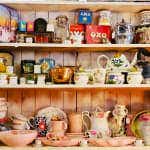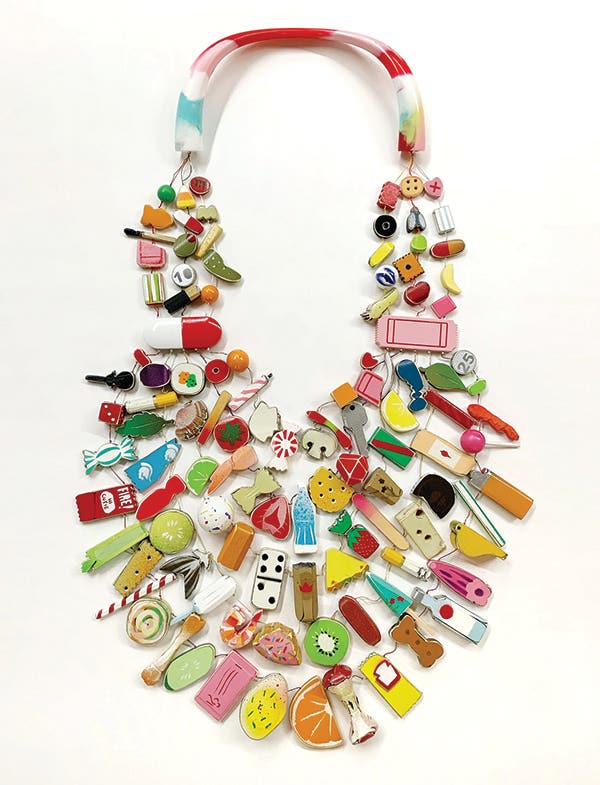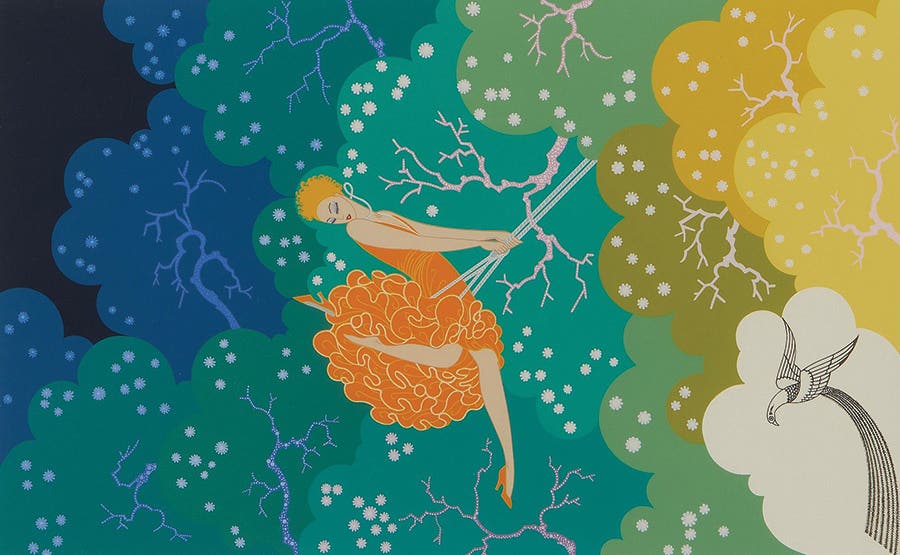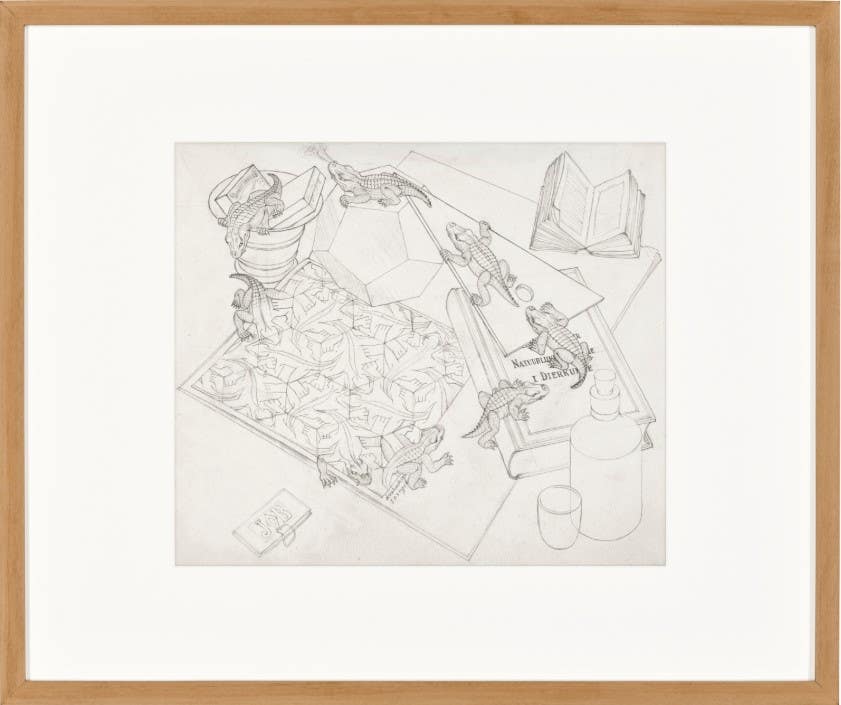Frida Kahlo’s “El Sueño” Sells for $54.7 Million, Setting New Auction Record
One of Frida Kahlo’s most poignant paintings takes a powerful look at themes of life and death and broke auction records when it sold at Sotheby’s.
During her lifetime, painter Frida Kahlo (1907-1954) was often overlooked as merely the wife of muralist Diego Rivera. Since then, she has become an icon of art and culture, with her paintings emblematic of Surrealism, women artists, and Mexican art. Now, one of her most important paintings, El sueño (La cama), meaning “The dream (The bed),” has set a new auction record.
El sueño (La cama) was the star of the Exquisite Corpus auction at Sotheby’s, where works by famous Surrealists like Salvador Dalí, René Magritte, Dorothea Tanning, and Kay Sage were on offer from November 8 to November 20. Highlights traveled around the world and landed in New York for a final exhibit that led up to the live auction.
Leading up to the auction, El sueño (La cama) had a presale estimate of $40,000,000 - $60,000,000. It was expected to beat the auction record not only for a painting by Kahlo ($34.9 million for Diego y yo, or “Diego and I,” which sold at Sotheby’s in November 2021), but also for any woman artist. The current record was set by Georgia O’Keeffe’s Jimson Weed / White Flower No. 1, which sold for $44.4 million at Sotheby’s in 2014. On November 20, El sueño (La cama) sold for $54.7 million, meeting its estimate and fulfilling its expectations.
Kahlo painted El sueño (La cama) in 1940, well into her career. It features many of the characteristics her art is known for: self-portraiture, surreal images, themes of pain and death, and references to Mexican traditions. Kahlo famously said of her paintings, “I never painted dreams. I painted my own reality.” This painting depicts the artist resting in bed, covered in leafy vines. A skeleton lies on top of the bed’s canopy, wrapped in wire and dynamite and holding a bouquet of dried flowers. In a dreamlike touch, the bed floats against a sky full of clouds.
In real life, Kahlo kept a papier-mâché skeleton on the canopy over her bed. Papier-mâché, called cartonería in Spanish, is a traditional Mexican craft used for toys, holiday decorations, and parade figures. Some of the most famous examples are the skeletons and skulls made for Day of the Dead, or Día de los Muertos, usually celebrated on November 1 and 2.
Day of the Dead is often associated with Halloween in popular culture. Both holidays, influenced by the Catholic All Saints’ Day and All Souls’ Day, are observed at about the same time of the year. Both are celebrated with decorations, sweets, and costumes. Skulls and skeletons are popular images for both holidays. Day of the Dead, however, is about honoring deceased ancestors. Families decorate their ancestors’ graves and create altars called ofrendas. Traditional foods, both eaten during the festivities and left as offerings to the dead, include tamales, skull-shaped candies, and pan de muerto, or “bread of the dead,” a sweetened bread baked into shapes like skulls and bones.
The prevailing attitude of Day of the Dead celebrations is that death is not the antithesis of life, but an integral part of it. This is an important belief in indigenous Mexican cultures, and something Frida Kahlo knew well. When she was eighteen, a near-fatal bus accident left her bedridden for months. Her family set up an easel and a mirror so she could paint while lying in bed. She was left with chronic pain and health complications for the rest of her life, which is often reflected in the imagery of her paintings. El sueño (La cama), where a skeleton wired with explosives looms over a figure lying in bed, is no exception. The painting doesn’t necessarily have a dark outlook, though; the leafy vines growing over the sleeping figure are recognized as symbols of life and renewal.
Anna Di Stasi, Head of Latin American Art at Sotheby’s, says “El sueño stands among Frida Kahlo’s greatest masterworks,” which “fuses dream imagery and symbolic precision with unmatched emotional intensity, creating a work that is at once deeply personal and universally resonant.” It is no wonder that this painting, where Kahlo’s skill as a painter, real-life experiences, and heritage come together in a masterpiece of Surrealism, has made history once again.
You may also like:








